RHS Horticultural Advisor Caroline Mazzey shares her favourite caffeine-free choices of ‘not-tea’, and how to grow them to enjoy inspiring infusions all year round

 February can still be a detox time for many after the festive season, and an extra caffeine-free month can be good for us as well as enjoyable. So, what better time to spill the beans on how to grow the makings of a cup of a fresh herbal infusion to replace real tea (and coffee!)
February can still be a detox time for many after the festive season, and an extra caffeine-free month can be good for us as well as enjoyable. So, what better time to spill the beans on how to grow the makings of a cup of a fresh herbal infusion to replace real tea (and coffee!)
I don’t really drink tea much, mainly because I don’t use milk. Nevertheless, if you are a die-hard tea drinker, you can buy tea bushes (Camellia sinensis) to grow your own tea at home, or even raise them from seed if you have the patience. Tea isn’t fully hardy, so may need to be grown in a pot unless you live somewhere very mild.
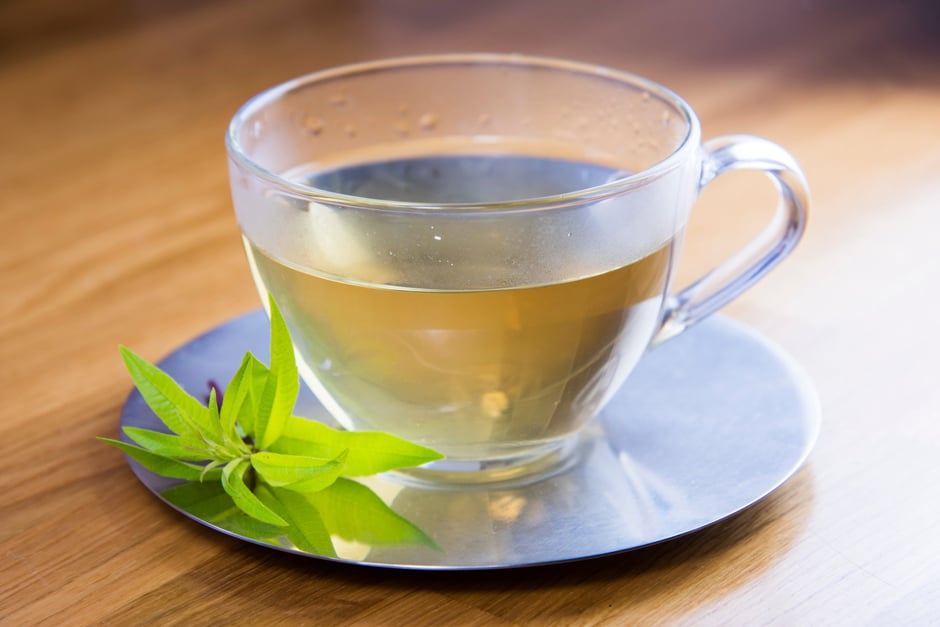 However, I want to grow herbal infusions. They can be expensive to buy loose-leaf – I guess because there is so little economy of scale – and in bags, it can sometimes be a bit tasteless. So using fresh leaves, or leaves that I have dried myself quite recently, sounds fun.
However, I want to grow herbal infusions. They can be expensive to buy loose-leaf – I guess because there is so little economy of scale – and in bags, it can sometimes be a bit tasteless. So using fresh leaves, or leaves that I have dried myself quite recently, sounds fun.
An amazingly wide range of flowers, leaves and stems can be used to make herbal teas, from wild and ornamental plants for indoors or out, as well as ‘weeds’.
My personal favourite would be to grow lemon and ginger, and the lemon I prefer is not really lemon (seems appropriate to make ‘not-tea’ with not-lemon!), so I am trying lemongrass (shown below, grown from seed), lemon verbena (above) and lemon balm. This is in order of their hardiness, so will determine how much of the year they’re kept indoors or not, as well as when they can be harvested.
 My plan is to use lemon balm in the spring and early summer, when it’s growing vigorously outside in the ground. When this has slowed down, I will start harvesting the lemon verbena – a shrubby plant which dies back to the ground and I’ll need to protect over winter – until autumn. Lastly, over the colder months, the lemon grass, which will have been growing outside as a patio plant during the hotter months, will come indoors and be used throughout the winter.
My plan is to use lemon balm in the spring and early summer, when it’s growing vigorously outside in the ground. When this has slowed down, I will start harvesting the lemon verbena – a shrubby plant which dies back to the ground and I’ll need to protect over winter – until autumn. Lastly, over the colder months, the lemon grass, which will have been growing outside as a patio plant during the hotter months, will come indoors and be used throughout the winter.
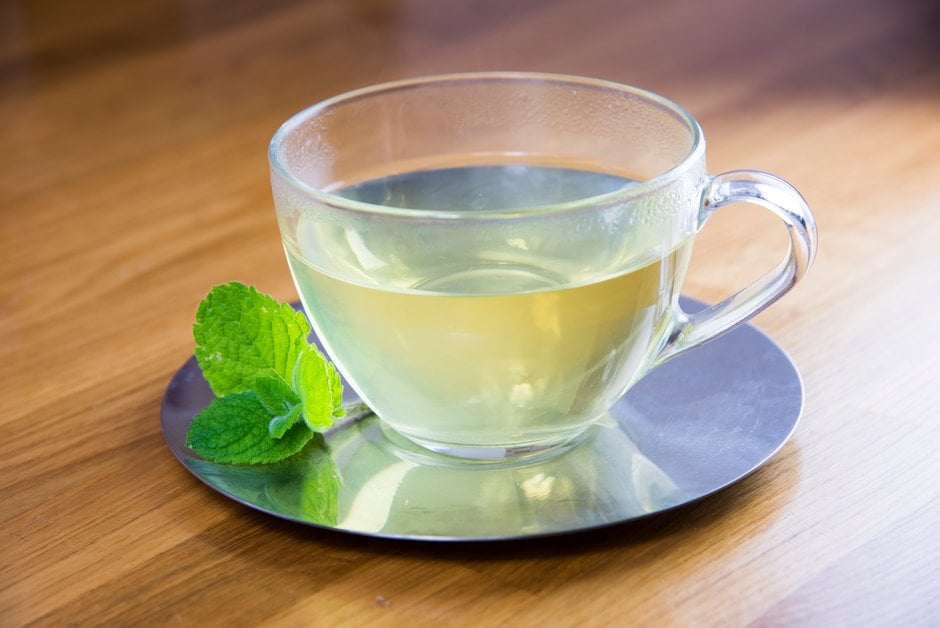 Of course, mint tea is a classic, and spearmint (Mentha spicata) and peppermint (Mentha x piperita) are generally considered the best. Although mint is famously invasive, by picking it regularly, a lot of its vigour will be kept in check. Even so, I’ll be keeping it in a pot to be on the safe side.
Of course, mint tea is a classic, and spearmint (Mentha spicata) and peppermint (Mentha x piperita) are generally considered the best. Although mint is famously invasive, by picking it regularly, a lot of its vigour will be kept in check. Even so, I’ll be keeping it in a pot to be on the safe side.
I like fennel too, and the leaves are much easier to use compared to waiting for the seeds, though practically any part of the plant will do for an aniseed-like flavour.
I’m not a massive fan of chamomile, though I am going to try it fresh this year – maybe it will transform my opinion? Chamomile doesn’t live long and tends to stick around by self-seeding. If I pick too many flowers for the pot, there won’t be any seeds, so I may end up sowing fresh each year.
I’m also not very impressed with Calendula, although it can’t be denied that it’s pretty. At least if the bright orange petals aren’t steeped in boiling water, they can be sprinkled on salads.
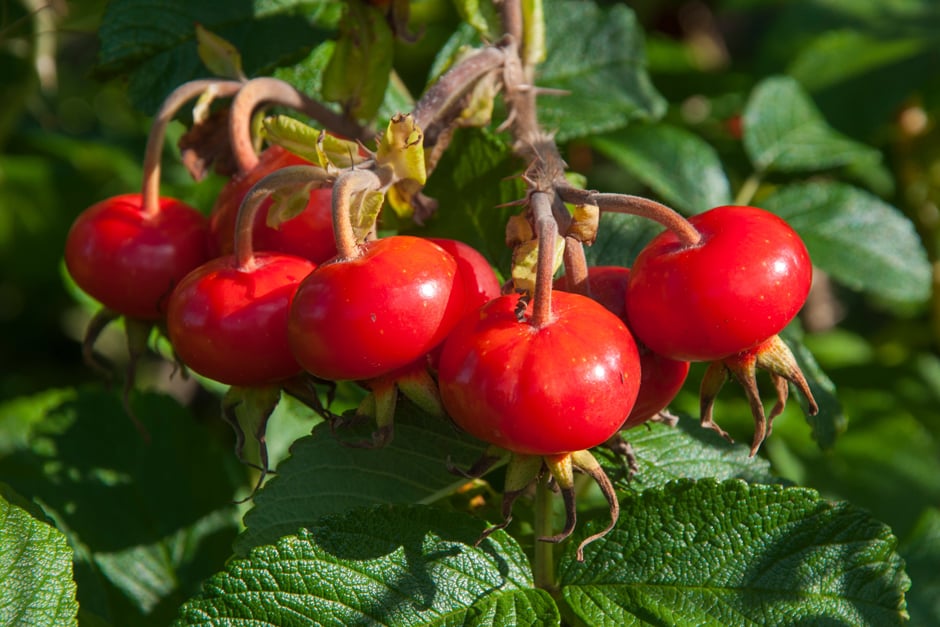
For rosehips, the best are likely to be from Rosa rugosa (above). Single-flowered varieties eg ‘Scabrosa’ are often better for hips, but if I decide to sacrifice flowers – even buds; how decadent! – then the more perfumed the better, e.g. ‘Roseraie de l’Hay’, which I already have. I also have English lavender (Lavandula angustifolia), whose buds will need sweetening.
On the need to counter some bitter notes, some people use honey, but Stevia rebaudiana, aptly known as candyleaf (below), is an incredibly sweet plant, and a just few leaves provide an intense and calorie-free not-sugar hit.
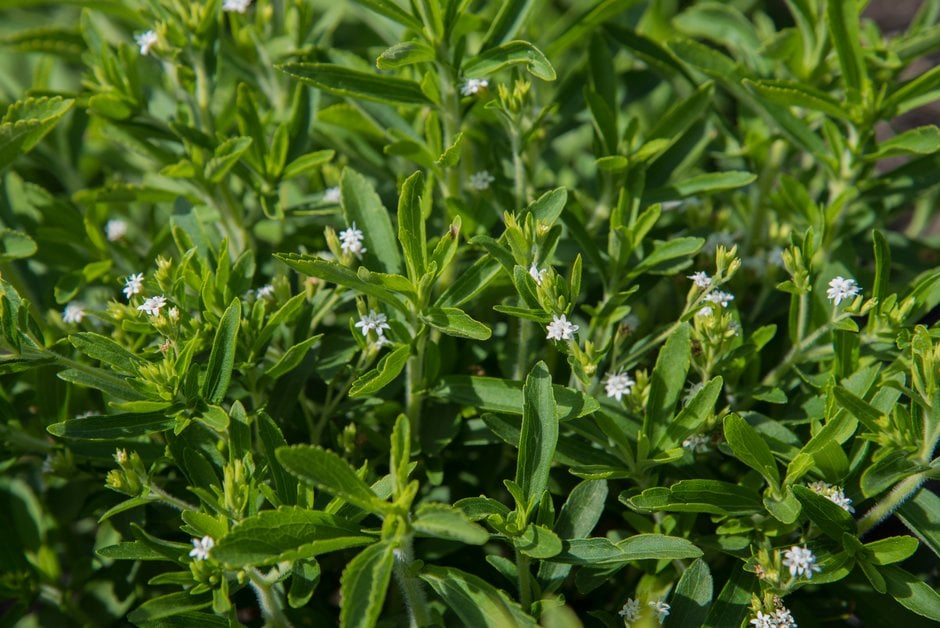 I have tried growing hibiscus before but will have another go. The plant of hibiscus tea – roselle (Hibiscus sabdariffa) – is harvested for the large calyx around the small flower, rather than for the petals themselves.
I have tried growing hibiscus before but will have another go. The plant of hibiscus tea – roselle (Hibiscus sabdariffa) – is harvested for the large calyx around the small flower, rather than for the petals themselves.
And lastly, just for the sake of it, I will try – at least once – nettles! Though it’s a great plant for wildlife, I’ll be harvesting my Urtica dioica from the wild rather than growing it deliberately. The plants will need to be young and far from traffic and passing dogs, and I will rinse them very carefully first.
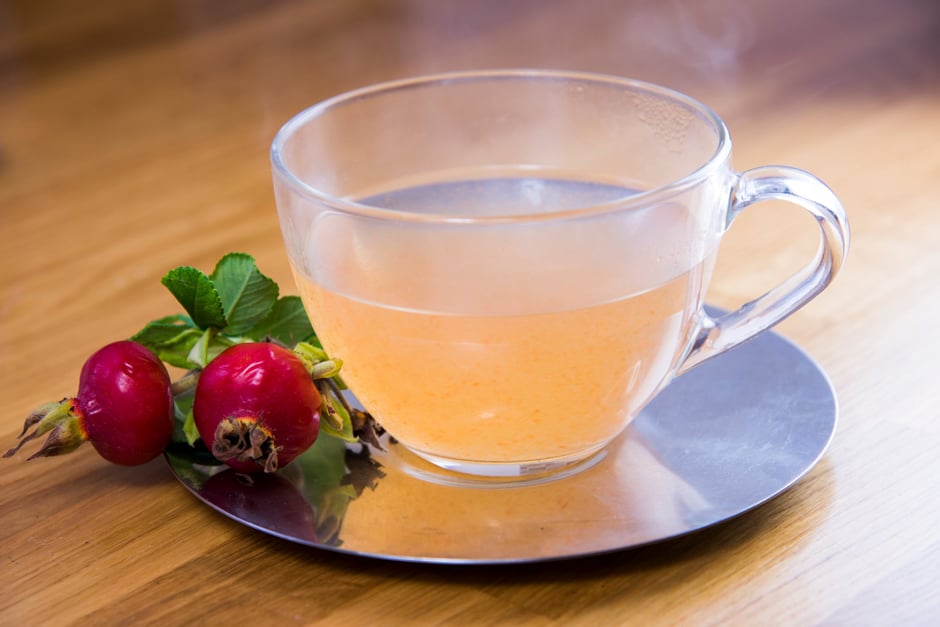 Go wild, and good health!
Go wild, and good health!
You may also be interested in...
Pick of the crop
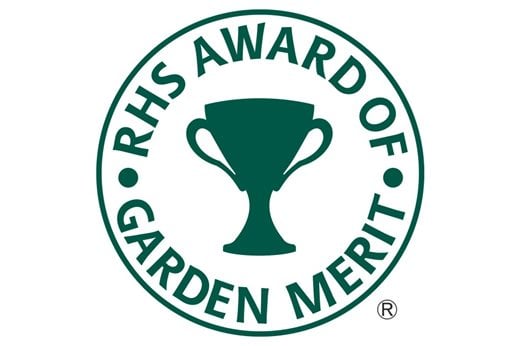 Look for the RHS Award of Garden Merit (AGM) when buying vegetable seed or small plants. You can also download the RHS lists of recommended cultivars.
Look for the RHS Award of Garden Merit (AGM) when buying vegetable seed or small plants. You can also download the RHS lists of recommended cultivars.
About the author – Caroline Mazzey
Caroline is an RHS Horticultural Advisor based at Wisley, with allotments and a large family!

